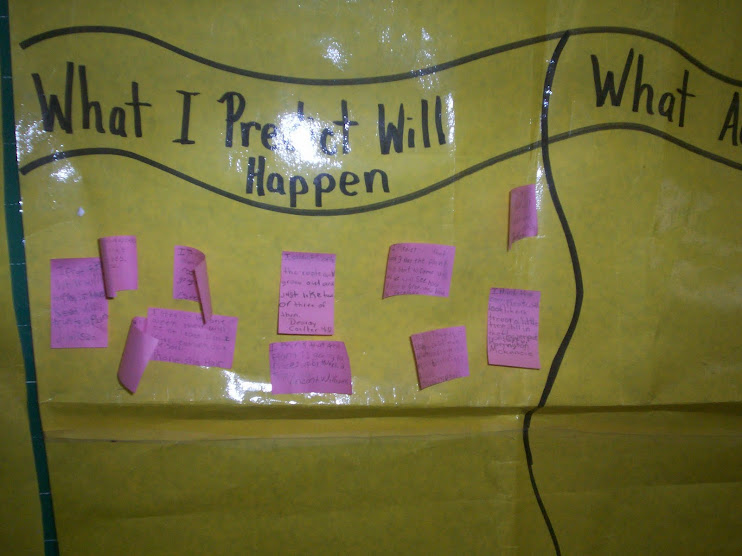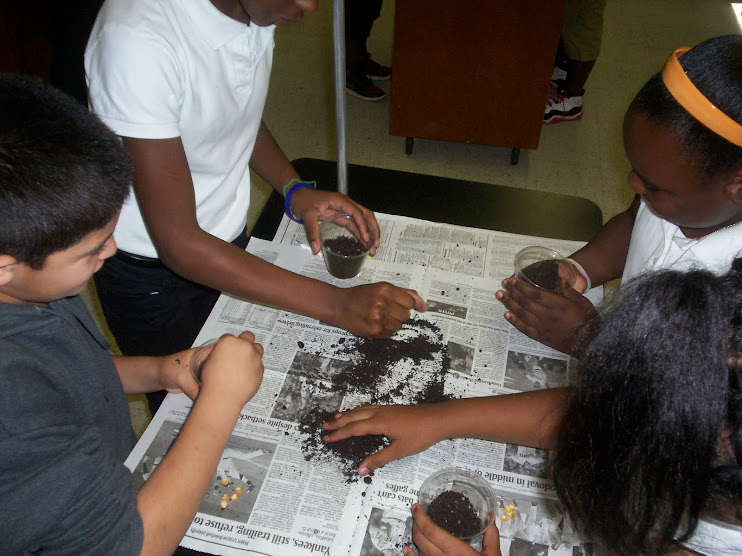In reading chapters 1 and 2 on last night of our class text, understanding how to create organization or call chaos into order, seems to be the for front of what we as educators tend to battle with on a daily basis. With new laws in place that require us to meet the No Child Left Behind clause, and Special Education laws, there appears to be a struggle in creating differentiated lessons and maintain classroom management, when there are many fuzzy areas, and a lack of clear expectations as to how this "order" can be accomplished.
In giving an example of how order can come from chaos, I shared a story that happened in my class earlier this year. A while back I had four student whom had sever behavior problems. In 10-years of teaching with my current district, I don't remember ever having to deal with this type of issue on a consistant level. These four students' poor behavior almost dictated the way the entire group of 4th graders would behave on any given day. Eventually, after repeated episodes that involved administration, parents, mental health doctors, district child psychologist, and district law enforcement regarding the students lack of control in a normal classroom setting, it became very clear that an open environment in the general population was not a good fit. In tern, the students were removed from the school, and placed in areas that met their needs.
In closing, I certainly can agree with the author's ideology that order can come out of the most chaotic circumstances.
Subscribe to:
Post Comments (Atom)































No comments:
Post a Comment